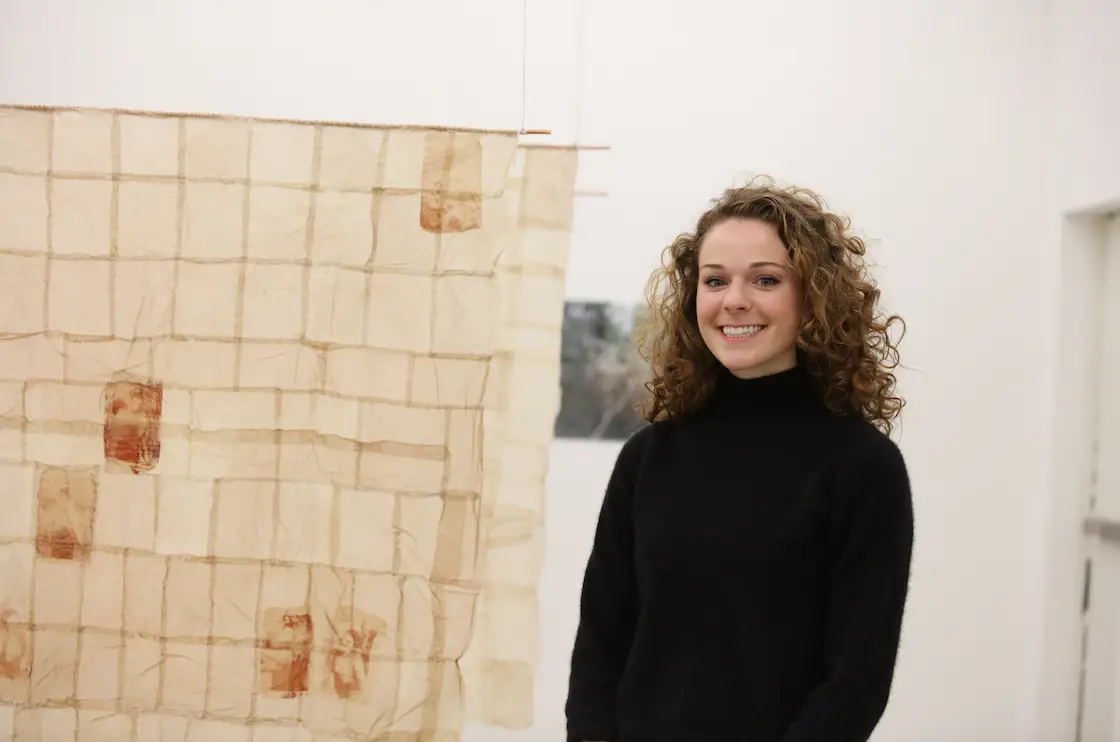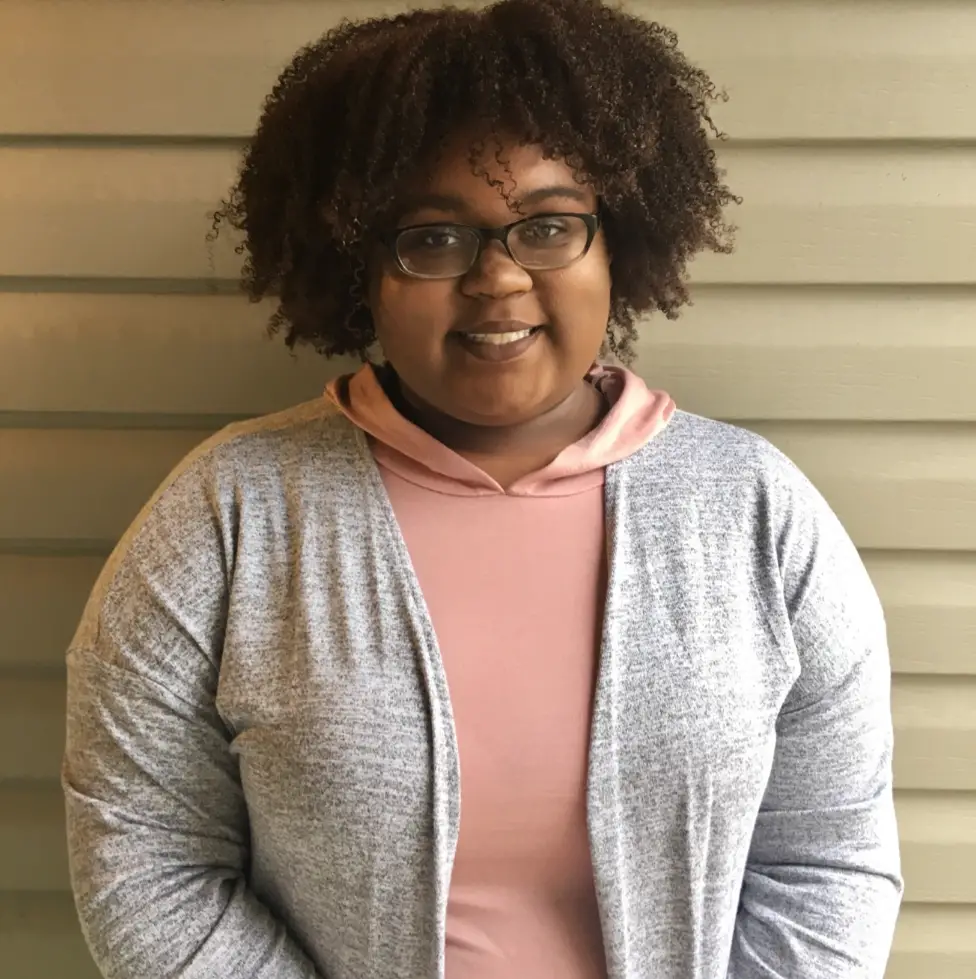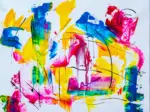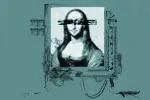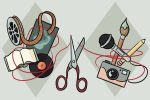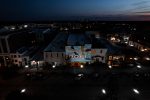The South came alive during Brooke Schneider’s first solo exhibition, “My Wound Is My Geography.” Though the show was housed in sunny California, the rustic landscapes that plastered the walls made you feel like you were in Schneider’s hometown of Greenville, South Carolina.
The University of Southern California senior used her striking photographs of the Southern landscape to allow people to share in her feelings about one of the oldest parts of America. Schneider’s work, which is heavily influenced by both the region and her family, showcased the beauty of time and loss.
Even the title, taken from her favorite author Pat Conroy’s novel, “The Prince of Tides,” seeks to demonstrate the depth of a geographical location and how it can cause both great pain and great appreciation.
“Thinking about both the history of the South and my own familial history within South Carolina, I recognize that the land is blemished with trauma, graced with beauty, and yet my heart bleeds for that place,” Schneider says. “’My Wound Is My Geography’ felt fitting when examining the importance of place in discourse with testaments to family, tradition and time.”
If you’re from the South, you know that family ties run deep. On her Southern roots, Schneider says, “It’s funny how I feel like I know people from the past because we talk about them as if they were down the hall when in reality they’ve maybe been dead for 20 years. It is my family and their place within the broader context of the South that inspires the work that I make.”
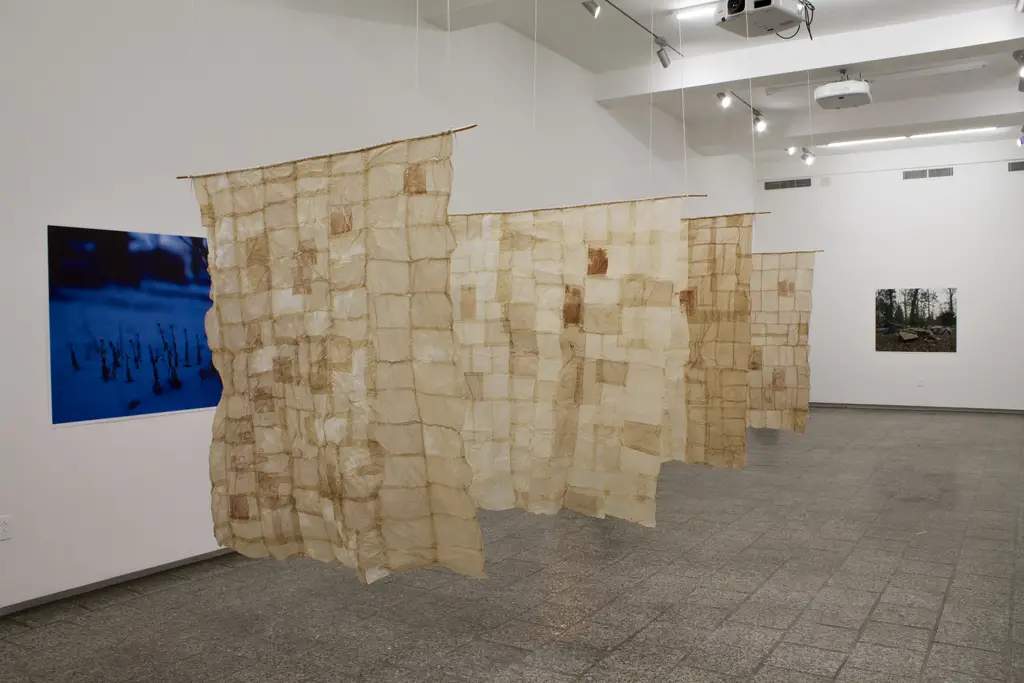
Ancestry helped inspire the artist to create her own familial narrative and make one of the most compelling pieces in the exhibit: the teabag panels. Much like the tainted teabags, the South is stained with memories of past and present. “I’m interested in tea bags because of cultural and historical significance they have in the South Carolina,” Schneider says. “Not only do they reference the labor that established the South, but also they are even further tied to the land because the tea plant comes from the ground.”
Schneider’s family back home in South Carolina helped usher in the present by sending her their used teabags. “It is necessary that the teabags I use be sourced from my immediate family because they are tangible traces of their presence in the South,” Schneider says.
The photographer hand-stitched the tea bags together to create several breathtaking hanging panels. When you look closely at the teabag constructions, you’ll see images of people from Brooke Schneider’s family, further reiterating the powerful familial theme.
When I asked about the process of making the panels, I was impressed at how every little step was packed full of meaning. “The act of hand stitching the teabags physically references the idea of the ties that bind us to a place, those ties being the people and events that are situated within the landscape,” she says. Though a different artistic medium, the teabag panels fit wonderfully with the earthy photographs on the walls.
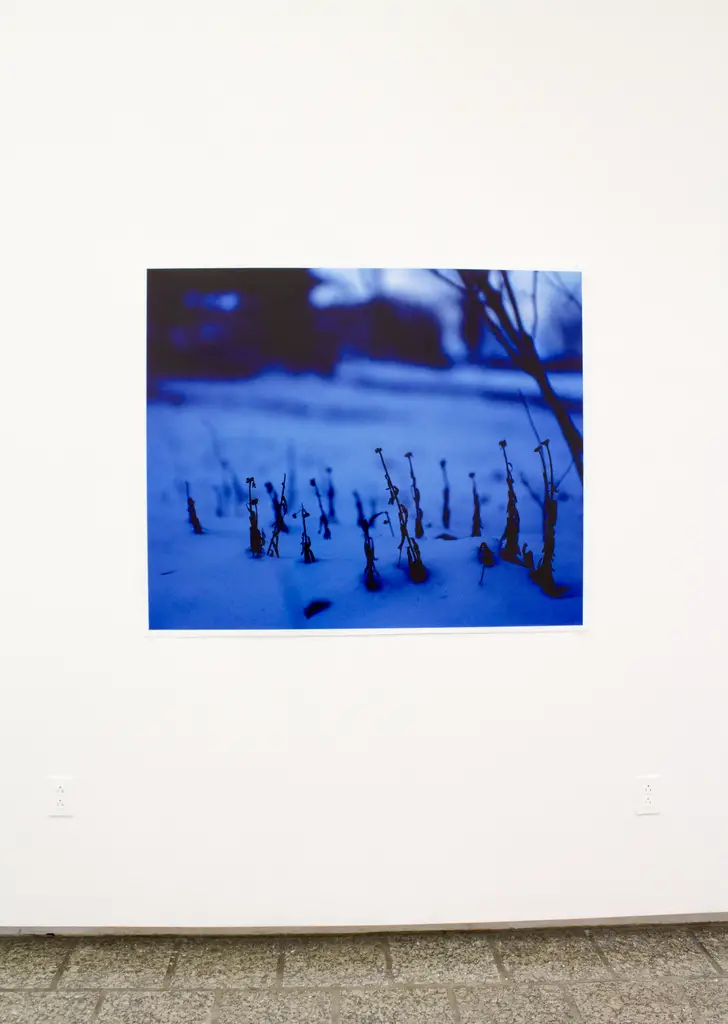
Much like the teabags, the landscape photographs tell the story of the rich and deep history of the South. Landscapes were important to shoot for Schneider because they help her revive the past through the stories, experiences and people that she remembers in a certain place.
The photographs set the stage for the people and events that inspire her work. Both the landscapes and teabags represent the significant theme of loss of time, memory, people and proximity.
“Family, time, memory, loss, romance; this is what binds us to a place and creates meaning within the landscape. The show was about the things that establish land as an anchor of remembrance and reverence,” Schneider says. Though every photograph is full of meaning, Schneider never plans any of her photographs before she goes shooting.
Back home in South Carolina, the photographer keeps her camera on her at all times and waits for the magic that needs to be documented. “All of the photographs are photographs of chance; quiet moments that make me feel so deeply it is the only instinct that I release the camera’s shutter and take the picture,” Schneider says that when at home, her camera becomes an extension of her body.
You would think that such a talented and insightful artist would have spent her whole life consumed with her craft. Schneider, however, didn’t fall in love with photography until she took her first darkroom photography class at 15.
Schneider’s photography teacher, Rod Fincannon, introduced her to the wonders of photography and the magical place that is the darkroom. “I will never forget the feeling of processing my first roll of film and the excitement of holding 35 mm negatives above my head to see if my images had come out. It was those tiny miracles in the darkroom that made me love making photographs and the deliberate nature of the photographic process,” she says.
This transformative experience at 15 ultimately led Brooke Schneider to receive her first solo exhibition. The artist wrote a project proposal and curated a portfolio to apply for the exhibition last fall. She received the good news in mid-December and only had two months to finish and finalize her work.
However, this didn’t deter Schneider. On the quick turnaround, Schneider says, “having less time to prepare and working under crunch time was stressful but the lack of time forced me to make purposeful decisions and I was very happy with how the show looked and how it was received.”
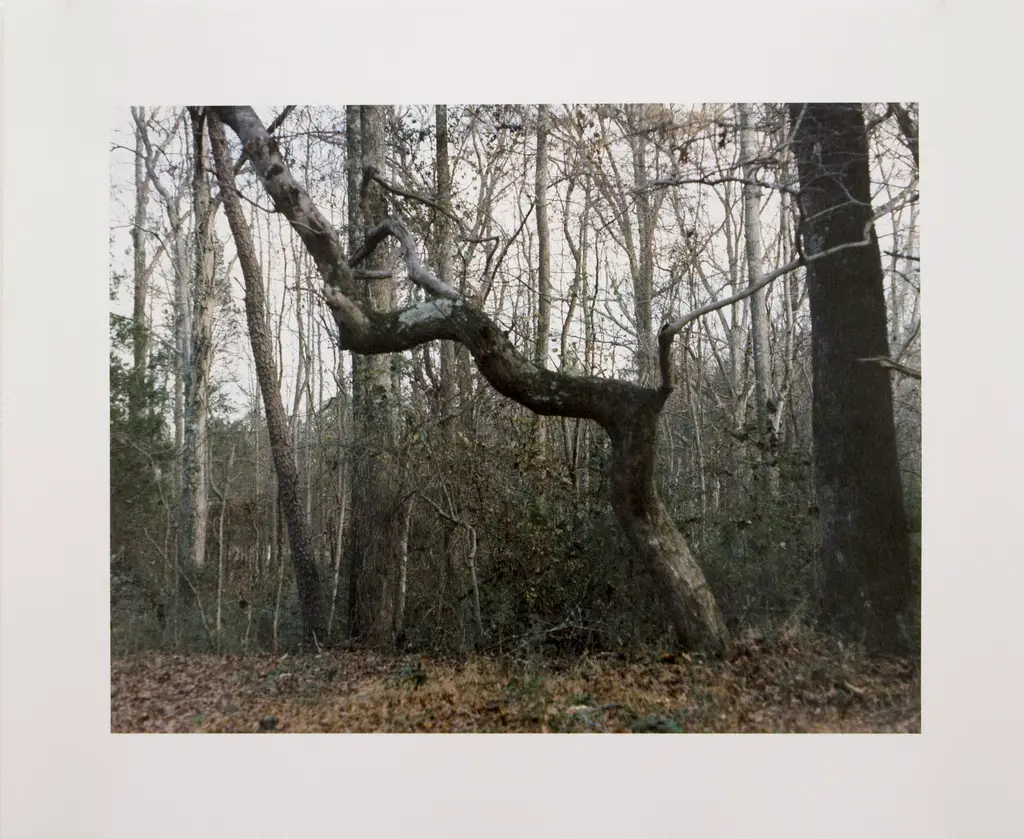
Schneider’s recent successes have helped her reflect on how her craft has developed through the years. Though her work has always focused on images and darkroom prints meant for the wall, she states that she is now thinking more about materials and processes that can bring more meaning to her work.
As evidenced by the impressive teabag panels, a lot of Schneider’s newer work is moving off the wall. Even though she will always take photographs, making her work more tactile and immersive has definitely added more meaning to an already profound collection of work.
The gifted photographer also spoke about sexism and underrepresentation in the art world. Schneider acknowledges the importance of women and female-identifying persons being represented as artists, curators, critics, collectors, etc. She says that every artist’s work is about or influenced by their experience, which is why female artists need to be represented and recognized.
Men, who currently rule the art world, cannot accurately express the unique female experience. Schneider notes that women are most definitely a force to be reckoned with and their drive is steadily changing the male-dominated art world. “I have a lot of confidence that we are making progress and are moving in a direction where there is equality for women in both the art world and our society,” she says.
Since Schneider speaks so eloquently of the past, I decided to speak to her about the future and what she hopes to bring to the art world. She hopes to take a year or two off before getting her MFA and work on her art as much as possible in order to build her portfolio.
Between making art, job hunting and applying to residences, the artist will definitely be busy. Regardless of what she does next, Schneider knows that she wants to continue making art and inspiring other women to also make art in the male-dominated industry.
Be sure to check out Brooke Schneider’s art on her website and Instagram.


